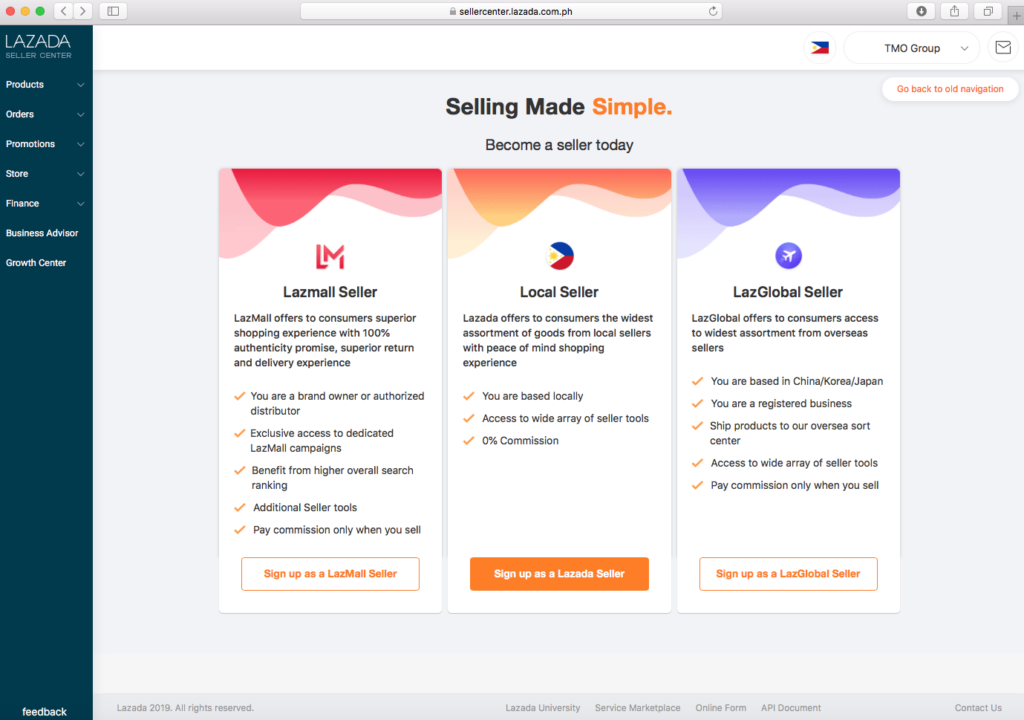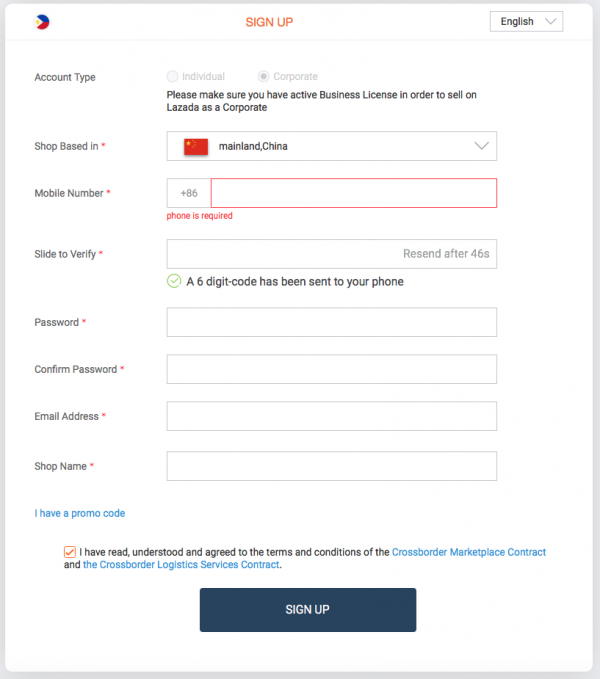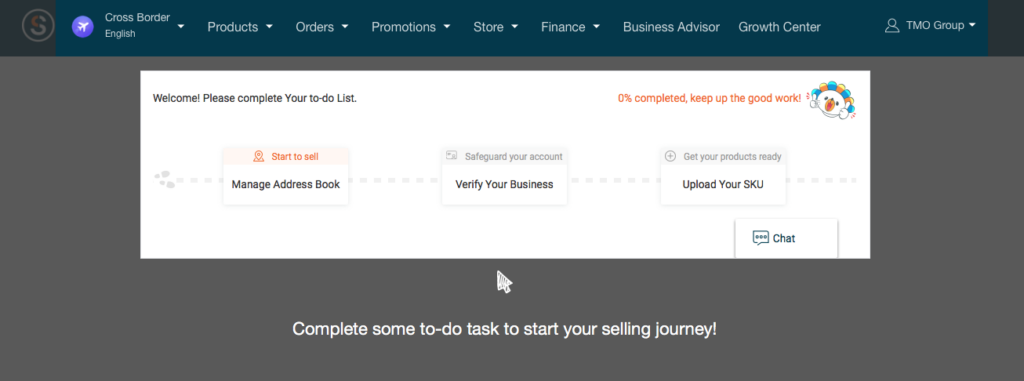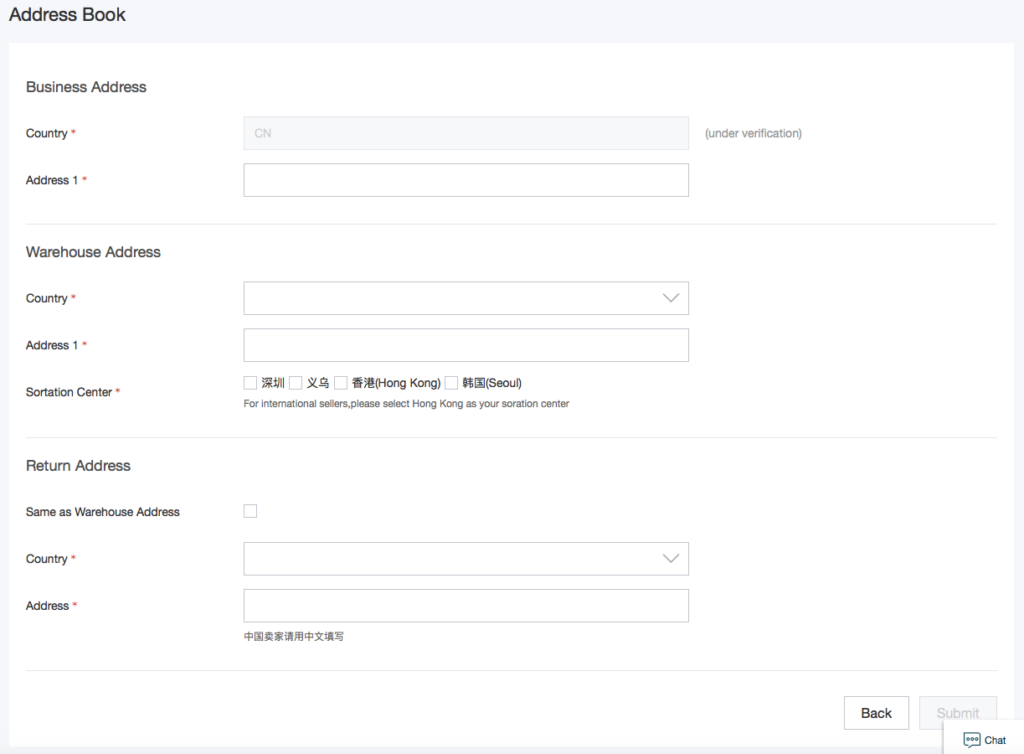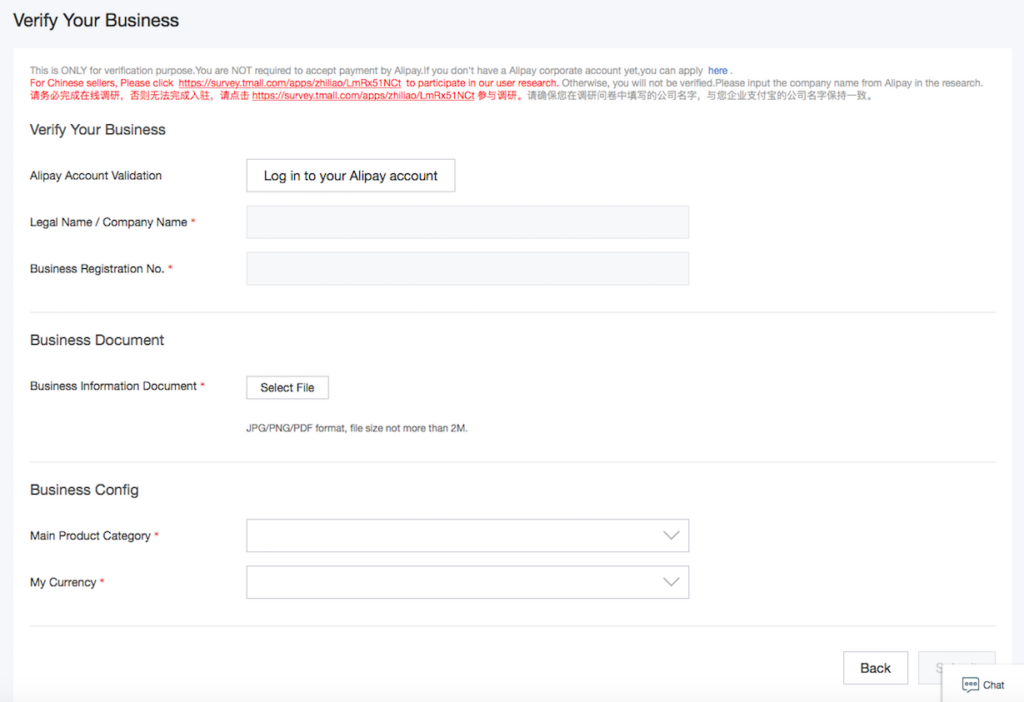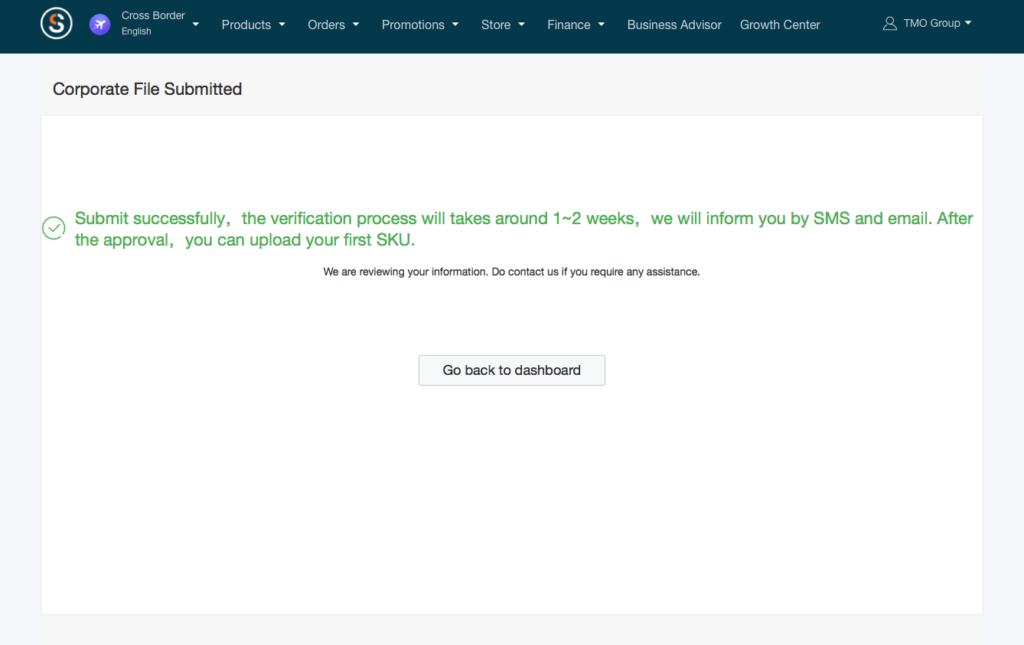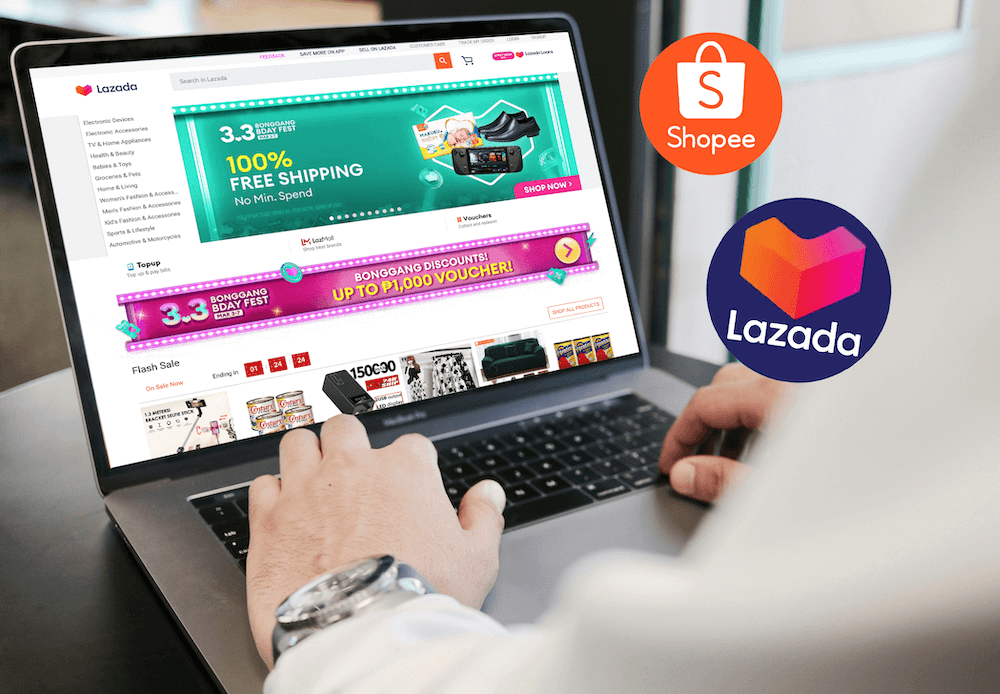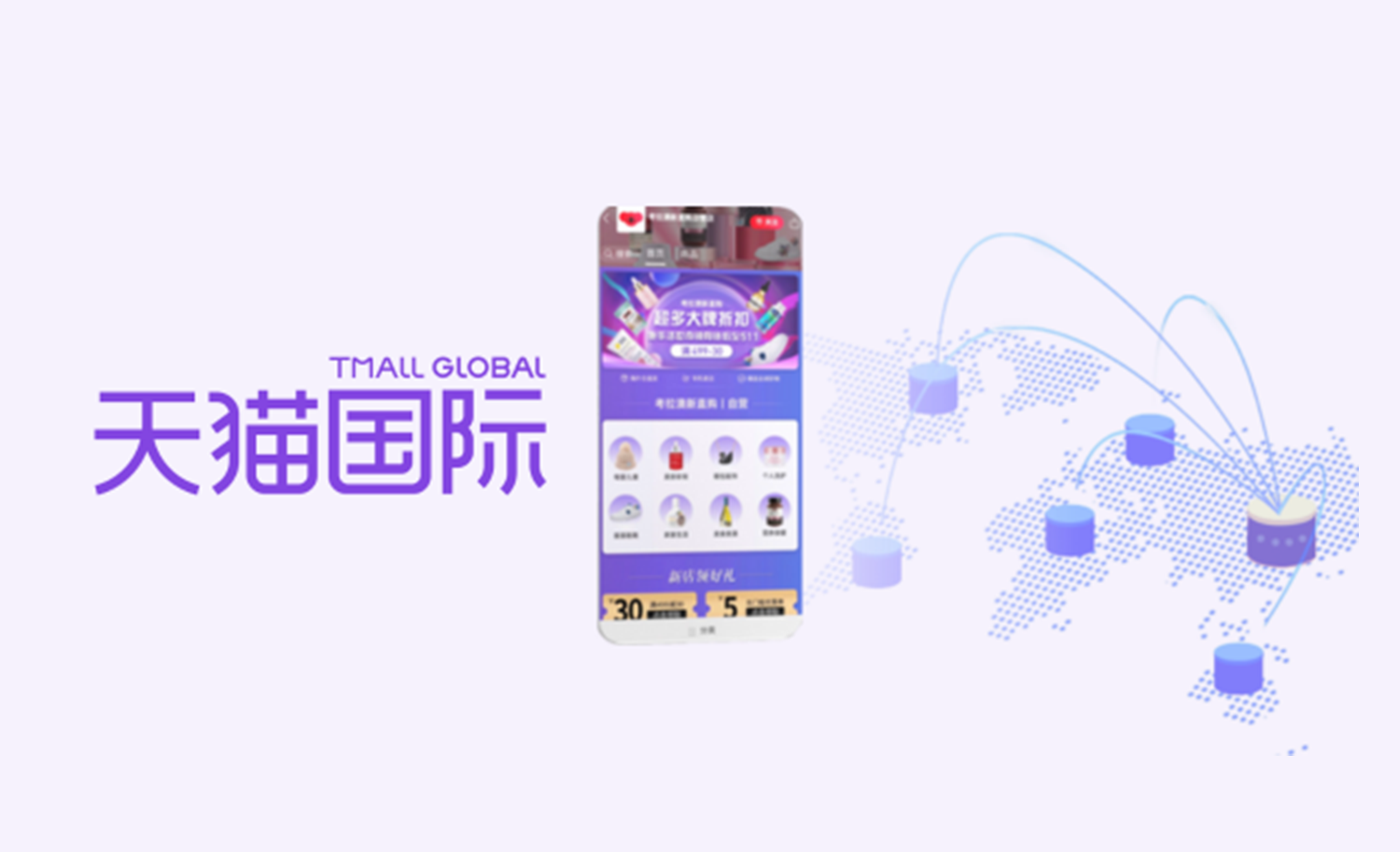Lazada is one of Southeast Asia’s biggest B2C eCommerce marketplaces. It dominates several of the largest markets in the region, and posts strong numbers in most of the rest – and happily, setup is absolutely free of charge. Therefore, Lazada has become impossible to ignore for brands looking to take advantage of the eCommerce boom in Southeast Asia to sell their products in the region.
Lazada was founded in 2012 in Singapore, where its headquarters is based today, and launched that year in multiple major SEA markets – Singapore, Malaysia, the Philippines, Thailand, Vietnam, and Indonesia. As early as 2013, Lazada made serious steps to address what was initially the biggest complaint against it – what customers perceived to be poor service and slow delivery times. It launched a 2-day guaranteed delivery service in many areas throughout its six markets, investing heavily into infrastructure and warehousing in order to make this guarantee achievable.
Just a few years later in 2016, global eCommerce giant Alibaba became Lazada’s largest stakeholder when the company bought a dominant share, which has since grown even further to 83%. These days, Lazada’s biggest rival in the region is Shopee, a newcomer that has since its inception in 2015 taken Lazada’s top spot in the Southeast Asia eCommerce market.
If interested, you could also take a look at TMO’sTMO's 2021 Southeast Asia eCommerce InsightsIn this article we share some Southeast Asia eCommerce insights, tracking growth & trends in this increasingly modern region. Southeast Asia eCommerce Insights 2021 for our predictions on key industry trends this year, or our latest ranking of 10 Largest Online Marketplaces in Southeast Asia (2024)Southeast Asian eCommerce is one of the fastest developing and changing. We look at the Top 10 online marketplaces in the region in 2024.Southeast Asian Marketplaces.
Setting Up a Store on Lazada
Local Setup
Setting up locally in one of Lazada’s six core markets (Singapore, Malaysia, the Philippines, Thailand, Vietnam, and Indonesia) is fairly simple for those with existing entities in one of those markets. If you are already a Lazada seller in any of these markets, then you can extend the same account you use there to sell on any of the others.
For sellers that are new to Lazada, the first thing you need is to have a registered company in the country you wish to open a Lazada store, if you wish to sell B2C, or else an active local phone number and resident status in that country for C2C sellers. For sellers that wish to sell B2C, you need to provide the following additional information:
- BIR 2303/Certificate of Business Registration
- Business Registration number
- Company name
- Company address
- Warehouse address
- Main product category intended to be sold
- Number of products intended to be sold
- Permit from the Securities and Exchange Commission/Department of Trade and Industry
- Collection receipt and sales invoice
With this information on hand, all sellers need to do is apply on the company's website. The process is quite simple and the site guides users clearly through each step.
Cross-Border Setup
Lazada's support for sellers outside of its core six SEA markets has varied over time. At one point the platform's international cross-border hub LazGlobal was reported to have been more open, but currently the platform is only accepting overseas sellers based in Japan, South Korea, and greater China (including Hong Kong). LazGlobal requires a phone number and business license from the relevant overseas country.
You sign up on Lazada's website, just like signup for local sellers. The first step once you've chosen to register for a seller account on Lazada's login page is to select LazGlobal:
Then LazGlobal will ask you to specify which country you will be selling from and to provide basic details such as your phone number, as shown below:
To verify the phone number is legitimate and your own, the site will send a code to your phone. You must enter this before you can progress further. LazGlobal then starts you on the first step of the store setup process, as shown below:
As you can see, the first step is to manage your address book. Here LazGlobal will ask you to enter your business, warehouse, and return shipping addresses, as shown below:
Following this, the site will ask you to verify your business. Chinese businesses for example, do this by linking their corporate Alipay account. Note that this does not mean they then need to use Alipay to accept payments. The Chinese verification screen looks like this:
After you have provided the required information (such as business registration certificate/document, and your preferred currency and the primary product category you wish to sell), the verification process will begin and the site will ask you to wait one to two weeks for a response.
Now all that you need to do is follow the steps to upload your SKUs to the site for sale! You do this on the Lazada website, which guides you through it to make the process hassle-free.
Other Overseas Countries
If you operate outside of Lazada’s core SEA markets and South Korea, Japan, and greater China, don’t despair. It is still possible to sell on LazGlobal with a bit of extra legwork. The simplest way to do so is setting up a legal entity in Hong Kong.
Hong Kong company setup is fairly easy and inexpensive. You can do it without being a resident in the territory. In fact, no physical presence is necessary at all. You can set up easily online from abroad using popular services such as Neat.HK – but for those interested in doing so by themselves, or just wanting to find out more about the process and requirements, the Hong Kong government guidance on the topic can be found here.
Hong Kong company setup offers the following four advantages for selling on Lazada:
- Hong Kong is where Lazada’s cross-border warehouse is based
- Lazada is a free port and so no import duties are levied
- Lazada has never restricted seller setup by Hong Kong companies
- Hong Kong is the simplest and least restrictive territory in which to set up a new legal entity.
Learn More
Would you like to know more about the process of setting up stores on different marketplaces? Or would you like to know what eCommerce strategy would fit you best when moving into the Southeast Asian eCommerce market, then please check our services for strategy development.



